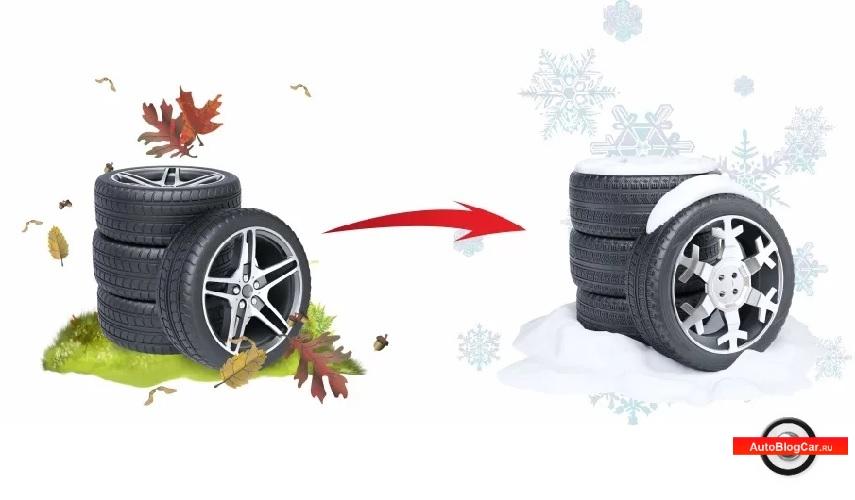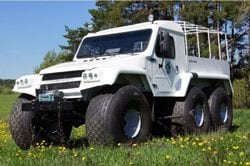
Changing tires for winter. When to do and what to remember?
Content
 Many people wait for the first frost or snowfall before switching to winter tires. This is a big risk! Not everyone knows that if we do not have all-season tires, we must plan to change tires to winter ones ... by checking the air temperature.
Many people wait for the first frost or snowfall before switching to winter tires. This is a big risk! Not everyone knows that if we do not have all-season tires, we must plan to change tires to winter ones ... by checking the air temperature.
Soft tires are popular winter tires. This means that they remain highly flexible even at low temperatures. This feature is desirable in winter but can cause problems in summer. A very hot winter tire will skid, both when starting off and braking, and sideways when cornering. This will clearly affect the speed of the car's reaction to gas, brake and steering movements, and hence the safety on the road.
Poland is one of the last European countries where the legal provision for replacing summer tires with winter tires is not yet in force. There is still a regulation according to which you can ride on any tires all year round, as long as their tread is at least 1,6 mm.
Should I wait for frost and snow before changing tires? When to change tires for winter?
 When temperatures drop below 7-10 degrees Celsius in the morning, summer tires get worse and worse grip. In such weather, hundreds of accidents and accidents occur every year, even in cities. When the snow falls, it will be even worse!
When temperatures drop below 7-10 degrees Celsius in the morning, summer tires get worse and worse grip. In such weather, hundreds of accidents and accidents occur every year, even in cities. When the snow falls, it will be even worse!
Attention! Analyzing weather forecasts for the next week, weather forecasters expect just such temperatures. If you don't have all-season tires, it's time to plan on switching from summer to winter tires.
- At such temperatures, summer tires become stiffer and do not provide proper grip - the difference in braking distance compared to winter tires can be even more than 10 meters, and this is two lengths of a large car! According to climate data from the Institute of Meteorology and Water Management, for almost half a year the temperature and precipitation in Poland preclude the possibility of safe driving on summer tires. So we have a choice between winter and all-season tires with winter tolerance. It’s not worth saving on safety - a European Commission report proves that the use of winter tires reduces the risk of an accident by as much as 46%. emphasizes Piotr Sarnecki, CEO of the Polish Tire Industry Association (PZPO).
Will winter tires work in the rain?
When driving on wet roads at a speed of 90 km/h and a temperature of 2ºC, the braking distance with winter tires is 11 meters shorter than with summer tires. That's more than two lengths of a premium car. Thanks to winter tires in autumn rainy weather, you will brake faster on wet surfaces - and this can save your life and health!
All season tires
If the tires are all-weather, then only with a winter tolerance - they are marked with a snowflake symbol against the background of a mountain. Only such a marking guarantees that we are dealing with tires adapted to winter in terms of tread and softness of the rubber compound. Winter tires provide traction in cold weather and have a tread that effectively wicks away water, snow and mud.
See also: all season tires Is it worth investing?
Are tires marked M + S exclusively for winter tyres?
Unfortunately, this is a misconception that can lead to sad consequences. M+S is nothing more than a manufacturer's declaration that tires have a mud-snow tread. Such tyres, however, do not have the approvals and all the characteristics of winter tyres. The only official sign of winter approval is the alpine symbol!
Will all-season tires get cheaper?
In 4-6 years, we will use two sets of tires, whether it be two sets of all-season tires with winter approval or one set of summer and one winter tires. Driving on seasonal tires minimizes tire wear and significantly improves safety. With winter tires, you will brake faster in cold weather, even on wet surfaces!
See also: What you need to know about the battery

